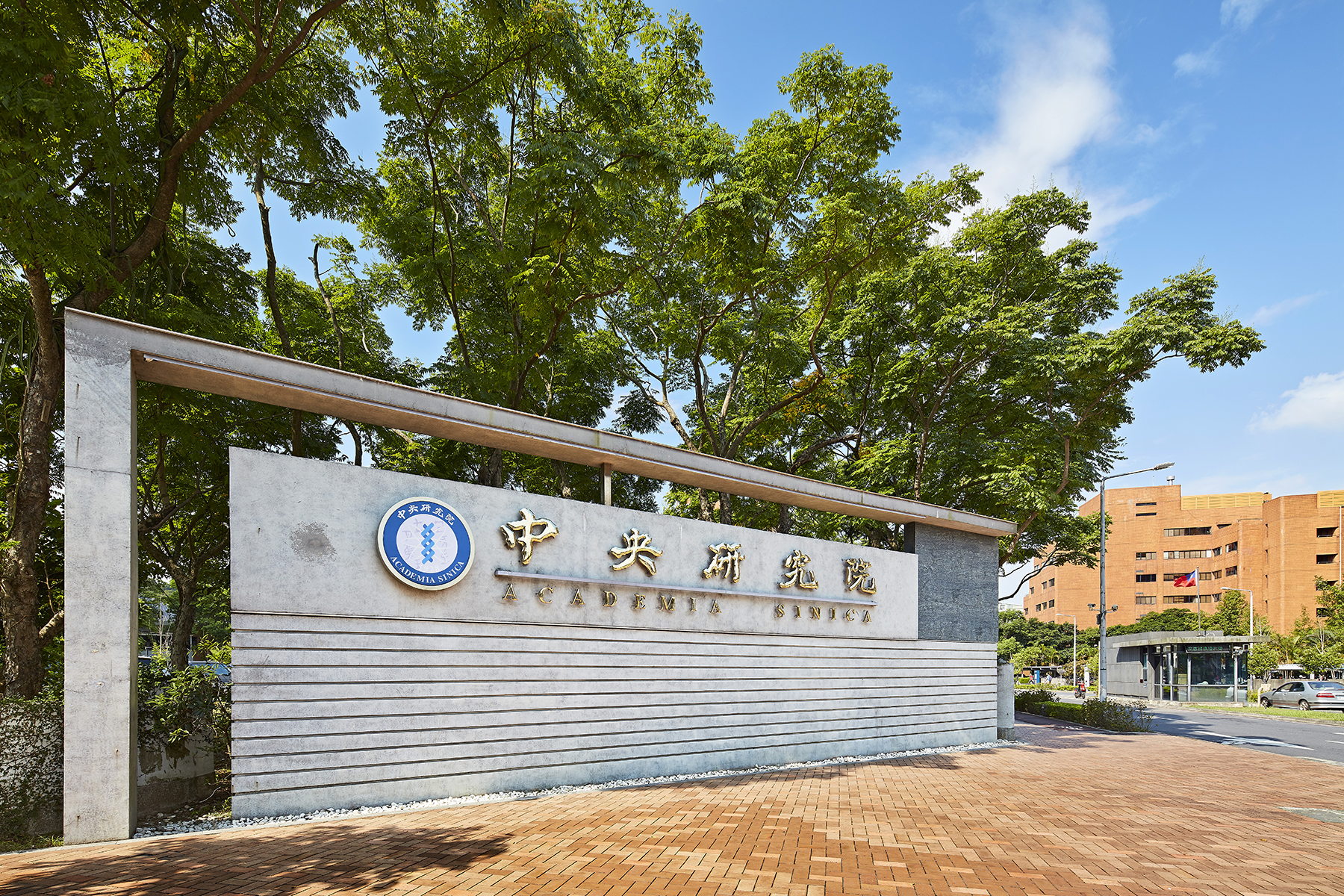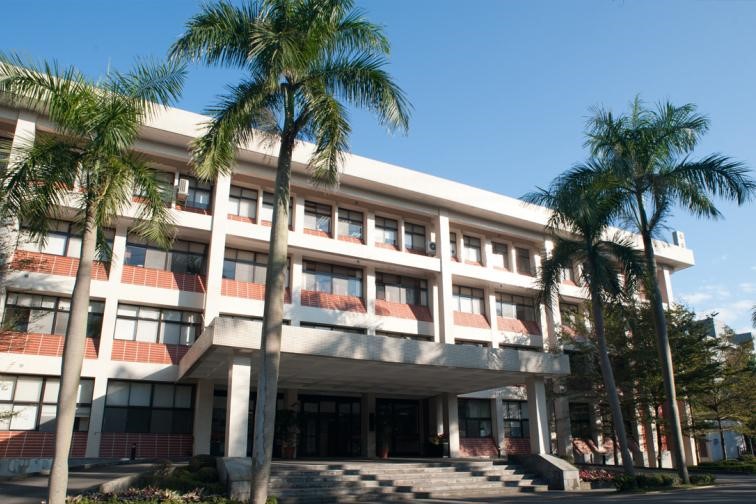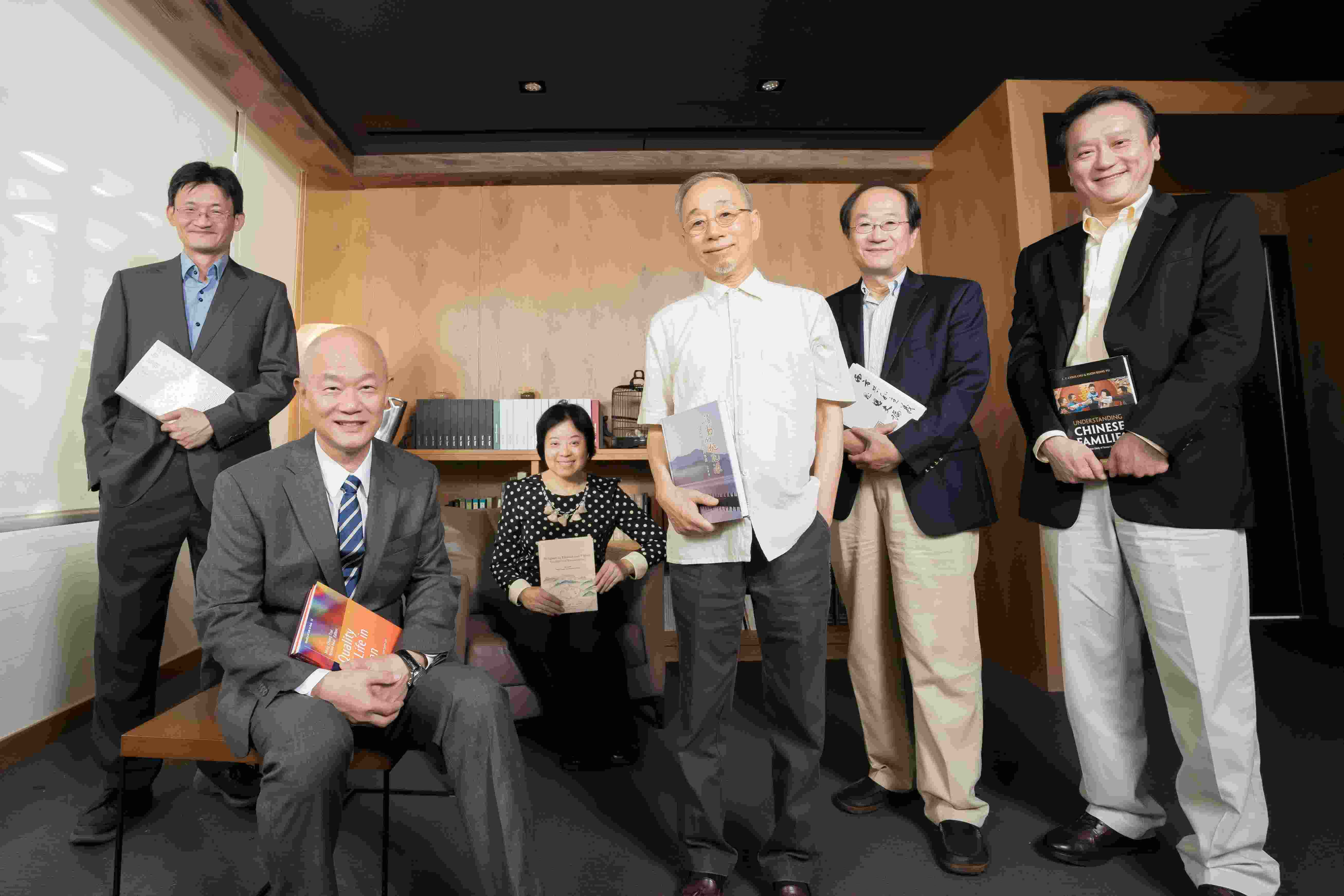Guidelines for Prevention, Filing of Complaints, and Punishment for Sexual Harassment
Amended on March 7, 2003
Amended on October 26, 2006
Amended on February 5, 2008
Amended on November 30, 2012
Amended on September 12, 2016
Amended on October 8, 2024
- In order to establish a safe working environment at Academia Sinica (hereinafter referred to as AS) free of sexual harassment for its staff, student workers, dispatched workers, appointed workers, job seekers, scholarship students, and interns, to protect the rights and privacy of the parties involved, and to implement appropriate measures for the prevention and punishment of such conduct, AS adopts the following guidelines. These Guidelines have been established pursuant to Article 13-1 of the Gender Equality in Employment Act, Article 7-1 of the Sexual Harassment Prevention Act, the Amendments to the Regulations for Establishing Measures on Prevention of Sexual Harassment in the Workplace and Regulations of Sexual Harassment Prevention.
- The handling of prevention, complaint, and punishment of sexual harassment incidents within AS shall be governed by these Guidelines, unless otherwise stipulated by law.
- These Guidelines apply to incidents of sexual harassment involving AS's staff.
If such incidents occur outside working hours and locations, and involve unspecified individuals in situations defined as sexual harassment under the Gender Equality in Employment Act and the Sexual Harassment Prevention Act, they shall also be applicable when the victim files a complaint with AS, local authorities, or through police referral. - Sexual harassment, as referred to in these Guidelines, is defined according to Article 12-1, 12-2 of the Gender Equality in Employment Act and Article 2 of the Sexual Harassment Prevention Act.
Investigations into sexual harassment will also consider the comprehensive evaluation stipulated in Article 5 of the Amendments to the Regulations for Establishing Measures on Prevention of Sexual Harassment in the Workplace. - AS should enhance staff’s awareness of sexual harassment prevention and promote means for filing complaints through channels such as assemblies, brochures, seminars, and training.
For staff in workplaces beyond AS’s management and supervision, AS should identify sexual harassment risks in the workplace, provide all necessary protective measures, and inform employees in advance. - AS should establish a helpline for filing sexual harassment complaints through telephone, fax, special mail box, or e-mail. Helpline information should be published and made available on the AS website and bulletin boards.
- Sexual harassment complaints should be confidentially processed.
To process complaints, AS should establish a Sexual Harassment Investigation Committee (hereinafter referred to as the “Investigation Committee”).
The Investigation Committee consists of 7-15 members appointed by the AS President from AS employees, with no less than 50% being women. An AS Vice President appointed by the President serves as Convener, and may assign a committee member to act as representative if unable to attend a meeting. Committee members should attend in person, and may not appoint representatives.
Committee members serve a two-year term, extendable after completion. If a vacancy occurs, the AS President may assign a new member.
More than half of the committee members should be present as a quorum for a meeting to take place, and more than half of committee members present should vote in favor of a motion for it to be approved. If a tie vote occurs, the final decision rests with the chairperson.
Investigation Committee members should rotate monthly in accepting complaints. - Complaints should be submitted by the victim themselves or their legal representative or appointed agent, either verbally, via email, or in writing. For verbal complaints, the receiving personnel or unit should record the statements, which must be confirmed for accuracy by the complainant before signing or stamping. For email complaints,identification documents should be attached.
All complaints should include the following details:- Complainant’s name, employment unit and title, ID number, address, contact phone number, and date of complaint.
- If the complainant is represented by an agent, the agent’s name, ID number, address and phone number, and letter of appointment.
- Description of the incident and all pertinent evidence.
Complaints that do not meet the aforementioned requirements and are amendable must be corrected by the complainant within 14 days of notification.
Complaints that fall under the Sexual Harassment Prevention Act must be filed within the time limit specified in Article 14 of that Act.
The complainant may withdraw the complaint before a decision is made; once withdrawn, however, they cannot file again for the same reason.
- Complaints will not be accepted in the following circumstances:
- The complaint has not been amended as requested by the due date prescribed in Article 8-3.
- An investigation of the same case has already concluded, with the results sent to all parties involved.
- The complaint has exceeded the statutory time limit.
- The same incident has been withdrawn or deemed withdrawn per Article 21-5 of the Sexual Harassment Prevention Act and then filed again.
- The processing procedures for complaints by the Investigation Committee are as follows:
- Upon receiving a complaint (except for cases referred by the police), the committee members serving that month should confirm within three days whether it can be processed. Complaints that can not be processed should be submitted to the Investigation Committee which, within 20 days, should inform all involved parties of the decision in writing.
- When a complaint is accepted for processing, the Convener should within seven days appoint at least three committee members to serve on an ad-hoc team to investigate the incident. This ad-hoc team must include external professionals with gender awareness. If one of the parties involved is affiliated with an external unit (including institutions, schools, or businesses) that has collaborative or business relations with AS, a joint ad-hoc team should be formed for the investigation, and the results should be communicated to both parties and their affiliated units. The investigation should be completed within 30 days from the start of the investigation, with a possible extension of up to 30 days if necessary.
- When conducting an investigation, the ad-hoc team may interview both parties, and may legally collect evidence and conduct visits. If necessary, relevant professionals may be invited to assist.
- During the investigation, the involved parties’ privacy rights and personal legal interests should be protected. When the investigation is completed, an investigation report should be submitted to the Investigation Committee for review.
- When an Investigation Committee review meeting is held, involved parties may be informed in advance so that they may present explanations. If necessary, related parties or professional experts/scholars may be invited to attend.
- The Investigation Committee should review the incident and determine whether a violation has occurred. If a violation is found to have occurred, specific grounds for such a ruling should be provided and appropriate punishments or other measures in accordance with the seriousness of the violation should be recommended and the case should then be referred to the appropriate authority for further action. If no violation is found to have occurred, suggestions for resolving the incident in light of the circumstances may be provided.
- If the complaint being investigated proves to be false, the Investigation Committee should propose appropriate punishment or other measures for the complainant.
- A decision must be made within two months of accepting or receiving the case, with a possible extension of one month, and parties must be notified in writing.
The results of the determination in item (6) above, which fall under the regulations of the Gender Equality in Employment Act, should be provided in writing to the complainant, the respondent, and their affiliated units. Cases falling under the Sexual Harassment Prevention Act should be referred to the local competent authority for processing.
Complaints should be processed according to the relevant provisions of the Gender Equality in Employment Act and the Sexual Harassment Prevention Act. Notifications or referrals to the local competent authority should occur after acceptance, non-acceptance, withdrawal, and decision-making.
- Personnel responsible for processing, investigation, review, and explanations of the complaints are required to maintain confidentiality for the fact of the case. Violators of confidentiality procedures should be immediately suspended by the Investigation Committee Convenor, and be reported to the AS President for punishment in accordance with circumstances. If the violator is a Committee member, he/she should be reported to the AS President for termination of appointment.
- Personnel involved in the handling, investigation, or deliberation of complaints who have conflicts of interest, need to apply for recusal, or should be recused, according to the relevant regulations.
- If involved parties object to the complaint’s resolution, they may file for relief according to the following procedures:
- If the circumstances are subject to the Gender Equality in Employment Act:
- Personnel eligible under the Public Servants Protection Act may seek a reexamination through AS to the Civil Service Protection and Training Committee.
- Other personnel, including complainants and respondents not covered by the previous provision, may file complaints separately with the local competent authority and AS.
- If the circumstances are subject to the Sexual Harassment Prevention Act:
Parties may file a legal appeal after receiving written notification from the local competent authority.
- If the circumstances are subject to the Gender Equality in Employment Act:
- AS should conduct follow-up measures (including monitoring, evaluation, and supervision) to ensure the complaint resolution is effectively implemented so as to avoid recurrence or retaliation.
Staff who filed valid complaints or assisted others in filing valid complaints should not be subject to any disciplinary actions, including termination of employment or transfer to another post.
- If the sexual harassment victim is an AS staff member, AS should provide legal assistance in the exercise of his/her rights.
- If involved parties require consulting or medical services, AS may refer them to professional consulting or medical institutions.
- Professionals who are not AS investigation personnel may receive fees for writing investigation reports, as well as attendance fees for participating in meetings.
- Investigation Committee expenses should be covered by the relevant AS budget items.









 Home
Home